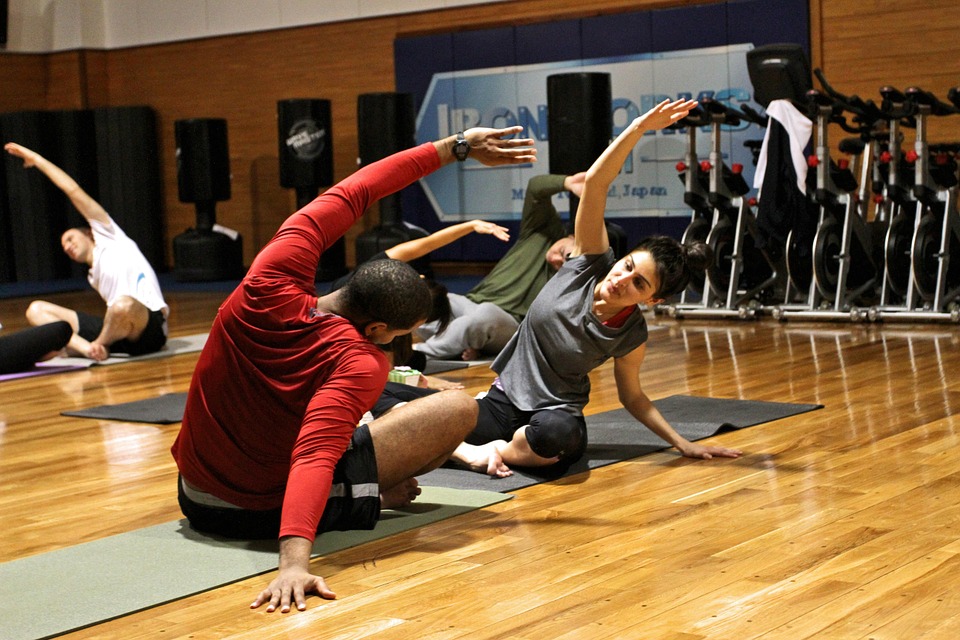Medicine is expensive. From family physician visits to consultations with specialists to prescription drugs, long life is a major investment. But what if there was a free wonder drug that warded off everything from dementia and high blood pressure to diabetes and osteoporosis? Well, doctors and scientists say there is. It’s exercise. And they’re finding new prescriptions for it every day.
“No pill protects us against ill health like exercise does,” writes Andy Coghlan for New Scientist. “A plethora of recent studies shows that exercise protects us from heart attacks, strokes, diabetes, obesity, cancer, Alzheimer’s disease and depression. It even boosts memory. And it has the potential to prevent more premature deaths than any other single treatment, with none of the side effects of actual medication.”
Coghlan goes on to quote Erik Richter, a diabetes researcher at the University of Copenhagen, Denmark, who calls exercise a wonder drug. “There’s probably not a single organ in the body that’s unaffected by it,” Richter said.
Deakin University, a public university in Victoria, Australia, reported this week that a new study published in Osteoporosis International has found that 'explosive power' such as is used in jumping might actually help post-menopausal women with osteoporosis to keep their balance and help to prevent falls.
In the study, researchers tested 63 women aged 57 to 74 years—who had low bone mass in their hips and spines—on their ability to jump and to stand on one leg as well as their leg-press strength, calf-muscle size and fat content.
They found that the womens’ “neuromuscular power”—or the measure of how quick, fast, hard and intensely a person can move—was more important than muscle strength or size in terms of balance.
Associate Professor Daniel Belavy from the Institute for Physical Activity and Nutrition at Deakin University, said until now there has been limited research in the area of explosive movement. It’s important, Deakin reported, as post-menopausal women often struggle with their balance due to low bone mass, or osteoporosis, which also makes them at a higher risk of bone fractures after a fall. He recommended that post-menopausal women add some form of rapid, explosive muscular or movement training into their fitness, falls prevention and balance training programs.
(Data for the study was collected by the Centre for Muscle and Bone Research at the Charite University Medical School in Berlin, Germany, with supervision, analysis and drafting of the paper by Associate Professor Belavy from the Institute for Physical Activity and Nutrition at Deakin University.)
And apparently exercise is good for our most important organ-our brain, says Joyce Gomes-Osman, PhD, who explores exercises she claims keep our brains healthy in an article for Harvard Health Publishing at Harvard Medical School. A physical therapist and researcher in the field, Gomes-Osman writes, “The idea that a healthy mind lives in a healthy body dates back at least 2,000 years, and the benefits of exercise beyond physical health is not a new idea either.”
She offers a quote from The New England Journal of Medicine from 1887:
“Exercise sustains and improves bodily health by expanding the lungs, quickening the circulation, and promoting growth in muscles and bones. But we know that besides doing all these things, exercise may be made to contribute to brain growth and to the symmetrical development of the mental faculties.”
Though Gomes-Osman says the verdict is still out on any specific exercise dose for brain health, she says we’re still learning about all the ways in which exercise changes our biology. “A wealth of studies both in humans and animals have linked the cognitive improvements following exercise (mainly aerobic, such as running and cycling) to the increased capacity of the heart, lungs, and blood to transport oxygen,” she writes. She said the effects of these actions on the brain are many as they boost the number of blood vessels and synapses which increase brain volume and decrease age-related brain atrophy. In addition, the number of new nerve cells and increase in proteins help the new neurons survive and thrive which help in thinking and problem solving.
Gomes-Osman says any prescription that is determined through research on brain health will likely be different for everyone. In the meantime, she recommends a target exercise goal of 30 daily minutes, five days a week to promote physical health. “We don’t yet know if this is the correct dose for brain health,” she writes. “So in the meantime, it seems that since aerobic exercise, resistance training and mind-body exercises are all associated with evidence specifically supporting benefits for brain health, you should maintain a diverse practice, using these exercises as the building blocks of your regimen.”
Heidi Godman, executive editor of the Harvard Health Letter, said there are “plenty of good reasons to be physically active,” including losing weight, lowering blood pressure, preventing depression and just looking better. She said the “big ones” include reducing the odds of developing heart disease, stroke and diabetes.
And for those who suffer from the brain fog that comes with age, Godman offers hope: “Exercise changes the brain in ways that protect memory and thinking skills,” she wrote in the Harvard Health Letter. “In a study done at the University of British Columbia, researchers found that regular aerobic exercise, the kind that gets your heart and your sweat glands pumping, appears to boost the size of the hippocampus, the brain area involved in verbal memory and learning.”
Whatever exercises an individual chooses to target their own specific needs, the fact is they’re almost guaranteed to work and with little or no side effects.







